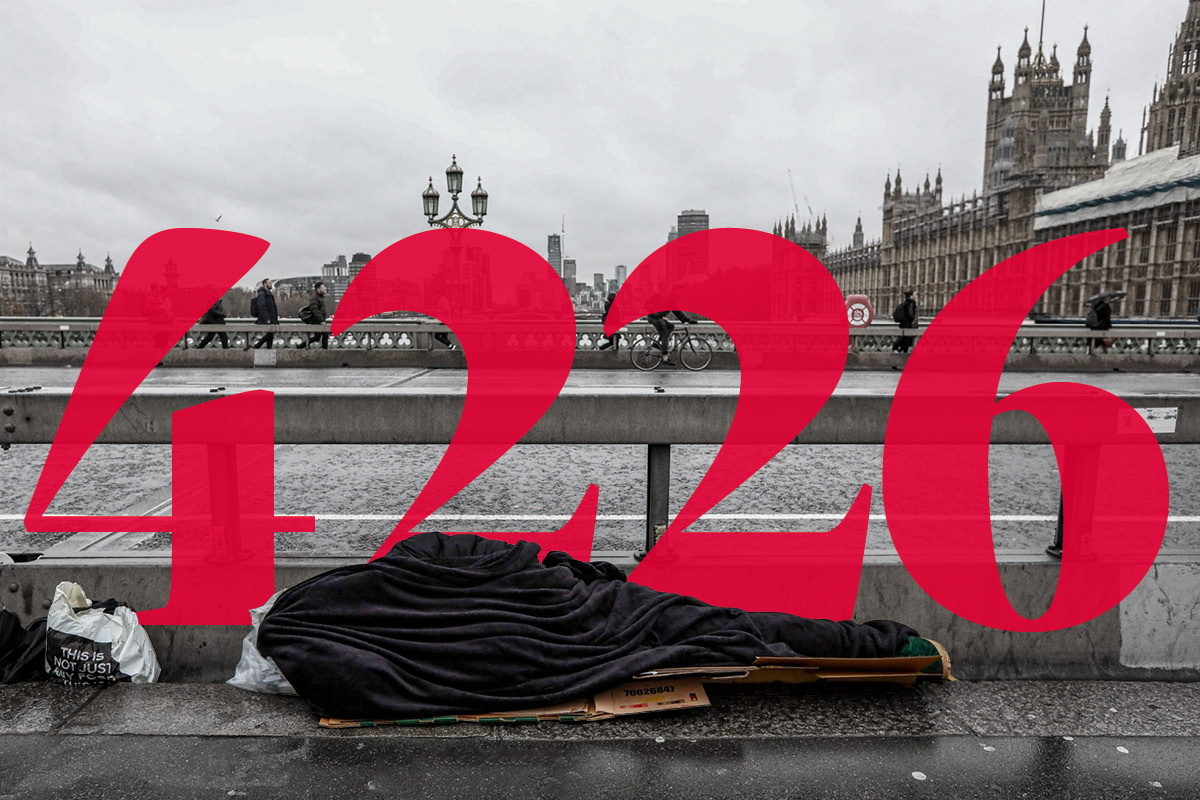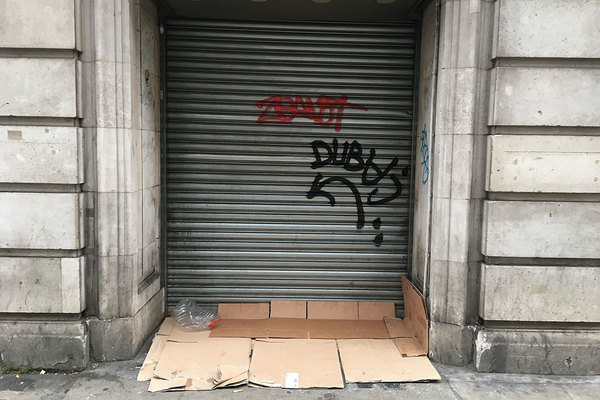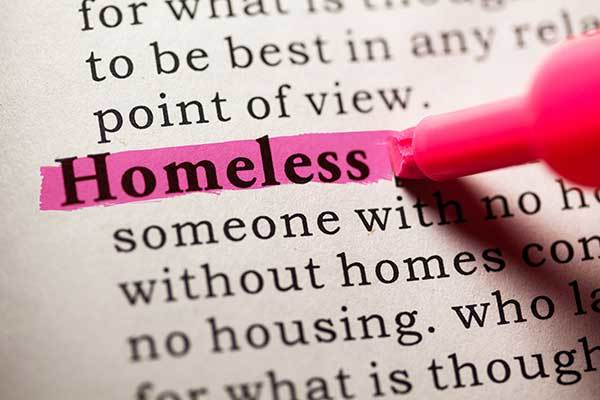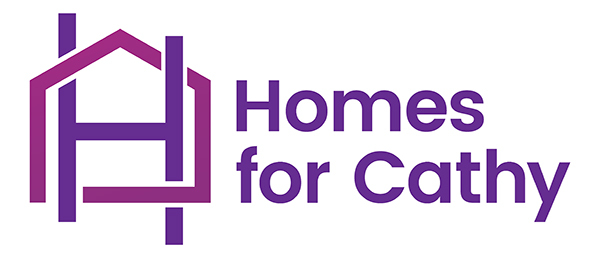Can we trust the government’s rough sleeping numbers?
There has been scepticism about the government’s data on the number of people sleeping rough in England. Lucie Heath finds out whether it can be trusted. Pictures by Rex Features and Peter Searle
Last week, the government seemed to hit a positive milestone in its attempts to eradicate rough sleeping by 2024.
The latest figures from the Ministry of Housing, Communities and Local Government revealed that the number of people sleeping rough during a single night in England fell 9% from 4,677 in 2018 to 4,266 in 2019.
As ministers took to Twitter to congratulate themselves, the reaction from homelessness charities was muted, with several expressing scepticism about the numbers and criticising the methodology used to collect them.
So should we accept the government’s data on rough sleeping? Or does the count fail to represent the scale of the issue across the country?
To get to its figure, the government records the number of rough sleepers during a single night in England, rather than showing the scale of the problem across a year. The idea is that this method is the best way to show rough sleeping trends over time.
Councils can choose to physically count the number of rough sleepers within its boundaries on the night, estimate the number through meetings with local agencies, or use a combination of the two methods. Whichever they choose, councils must give the government an estimate of rough sleepers during a ‘typical night’ in October or November.
However, with many variables impacting whether a person sleeps rough on any given night, how is a council supposed to select a ‘typical night’?
The government says choosing a date in autumn means the numbers are less likely to be affected by weather conditions, but everyone in the UK is aware of the unpredictability of the British weather, regardless of the season.
“Obviously if it’s incredibly cold and councils have severe weather emergency protocols in place... then of course it won’t find anyone on the streets because everyone is inside,” explains Paul Noblet, head of media and public affairs at Centrepoint.
According to charity Glass Door, which co-ordinates London’s largest emergency winter shelter network, the street count for Kensington and Chelsea Council took place after its shelters had opened, meaning none of the individuals staying there were included.
Glass Door said more people turned up to its shelters this winter when compared with last – suggesting that rough sleeping in the capital is actually increasing rather than decreasing.
“If it’s incredibly cold and councils have severe weather emergency protocols in place... then of course it won’t find anyone on the streets because everyone is inside”
Even if the variables affecting the count are limited, there is still the question of how useful the single-night data is.
Comparisons have been made between the government’s rough sleeping statistics and the Greater London Authority’s Combined Homelessness and Information Network (CHAIN) database, which is compiled by homelessness charity St Mungo’s.
The CHAIN database is compiled by outreach workers who record their interactions with rough sleepers. This includes more detailed information, such as the support needs of individuals and the number of times they have slept rough.
Francesca Albanese, head of research and evaluation at Crisis, thinks the government should commission a similar model. She says that while it could not be done everywhere, a CHAIN-like system could work in areas where there is a high level of rough sleeping.
She adds that having the data that is included in CHAIN would give the government more of an idea about where and how big the problems are, if people are moving between council boundaries and if initiatives are actually working.
However, like any data system, CHAIN also has its flaws. Dominic Williamson, executive director of strategy and policy at St Mungo’s, says the number of outreach workers on the streets influences the number of rough sleepers recorded.
“If the government’s investing in putting more outreach workers on the streets, then the number of interactions they have and the number of people they find is very likely to go up in the short term,” he explains.
“So you can have a situation where you’re investing more, there’s more work happening and more people are getting off the streets, but actually in terms of CHAIN figures, more people are seen.”
“We’ve got this methodology, it is what it is... the problem comes when we try and focus on that instead of what’s really happening”
According to Mr Williamson, this could explain why the latest CHAIN figures showed that the number of individuals recorded as sleeping rough in London rose by 28% in one year, while the government’s numbers showed an 11% reduction.
Contrary to the opinion of others in the sector, he believes that the government’s statistics are “vitally important” for understanding change over time.
We’ve got this methodology, it is what it is, it’s as good as anybody has been able to invent and the problem comes when we try and focus on that instead of what’s really happening and what needs to happen,” Mr Williamson says.
He believes that changing policy and boosting resources to tackle the issue should be where the attention is focused.
However, Ms Albanese believes if the government is to hit its 2024 target then it needs to improve its data. She says the data can be used to understand the issues better and make sure councils have the right tools.
It is clear that for many like Ms Albanese, data and policy are intrinsically linked. And as the government ramps up its efforts to end rough sleeping by 2024, the more information it can get on the circumstances that force people to sleep on the streets – and indications as to whether its efforts are working – will be crucial.
At a glance: Homelessness Reduction Act 2017
The Homelessness Reduction Act 2017 came into force in England on 3 April 2018.
The key measures:
- An extension of the period ‘threatened with homelessness’ from 28 to 56 days – this means a person is treated as being threatened with homelessness if it is likely they will become homeless within 56 days
- A duty to prevent homelessness for all eligible applicants threatened with homelessness, regardless of priority need
- A duty to relieve homelessness for all eligible homeless applicants, regardless of priority need
- A duty to refer – public services will need to notify a local authority if they come into contact with someone they think may be homeless or at risk of becoming homeless
- A duty for councils to provide advisory services on homelessness, preventing homelessness and people’s rights free of charge
- A duty to access all applicants' cases and agree a personalised plan
Homes for Cathy Annual Conference
Inside Housing is pleased to join forces with Homes for Cathy to deliver the third edition of the Homes for Cathy Annual Conference, taking place on 23 March 2020 at the Congress Centre, London.
Supported by the Chartered Institute of Housing and Crisis, the conference will unite leaders and practitioners from housing associations, local authorities and charities to share real examples of the work being done to end homelessness. The event provides a platform for informed debate and discussion, examination and exploration around the good practices being used in the sector.
Homes for Cathy is a group of housing associations that were formed in the Cathy Come Home era. They came together in 2016 to mark the 50th anniversary of Cathy Come Home and to highlight the continuing needs of homeless people.
The Homes for Cathy group has been organising a range of local and national events over the past three years, with the aim of raising awareness of the needs of homeless people and working on strategies to end homelessness.
All surplus from the conference will go to the Homes for Cathy group to support its work bringing together housing associations, homelessness charities and local authorities to end homelessness.















